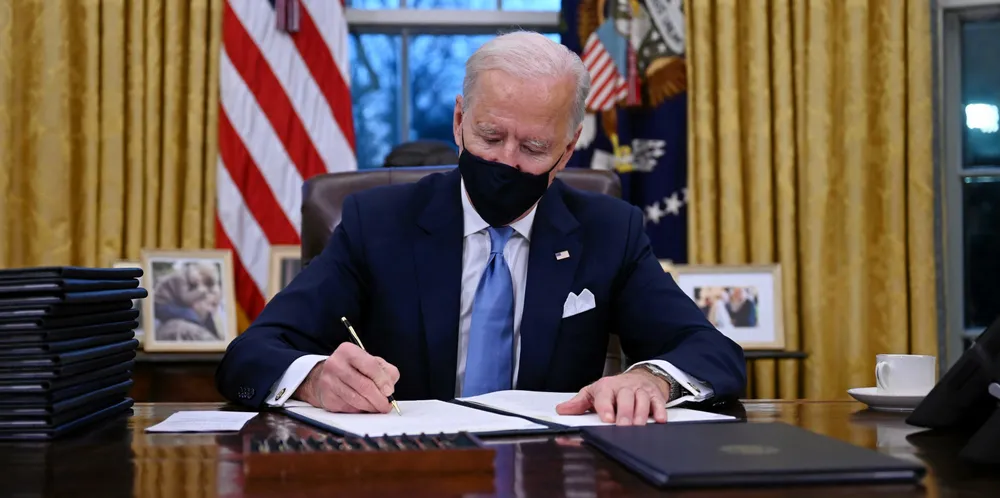'We just got to do it': Biden halts new oil drilling and boosts offshore wind with executive orders
US President also announces aim to end fossil subsidies in raft of orders designed to make climate change 'essential element' of foreign policy and national security
